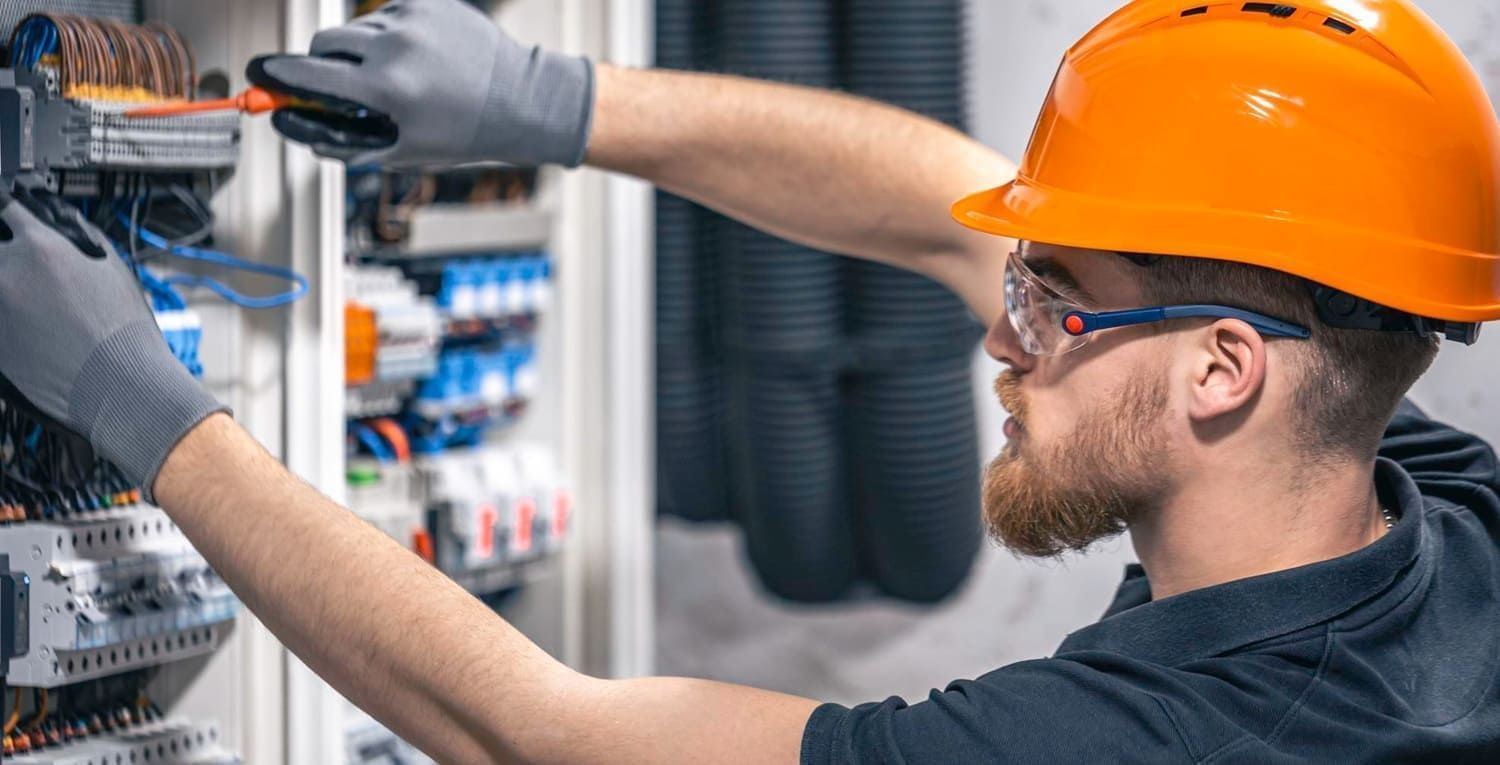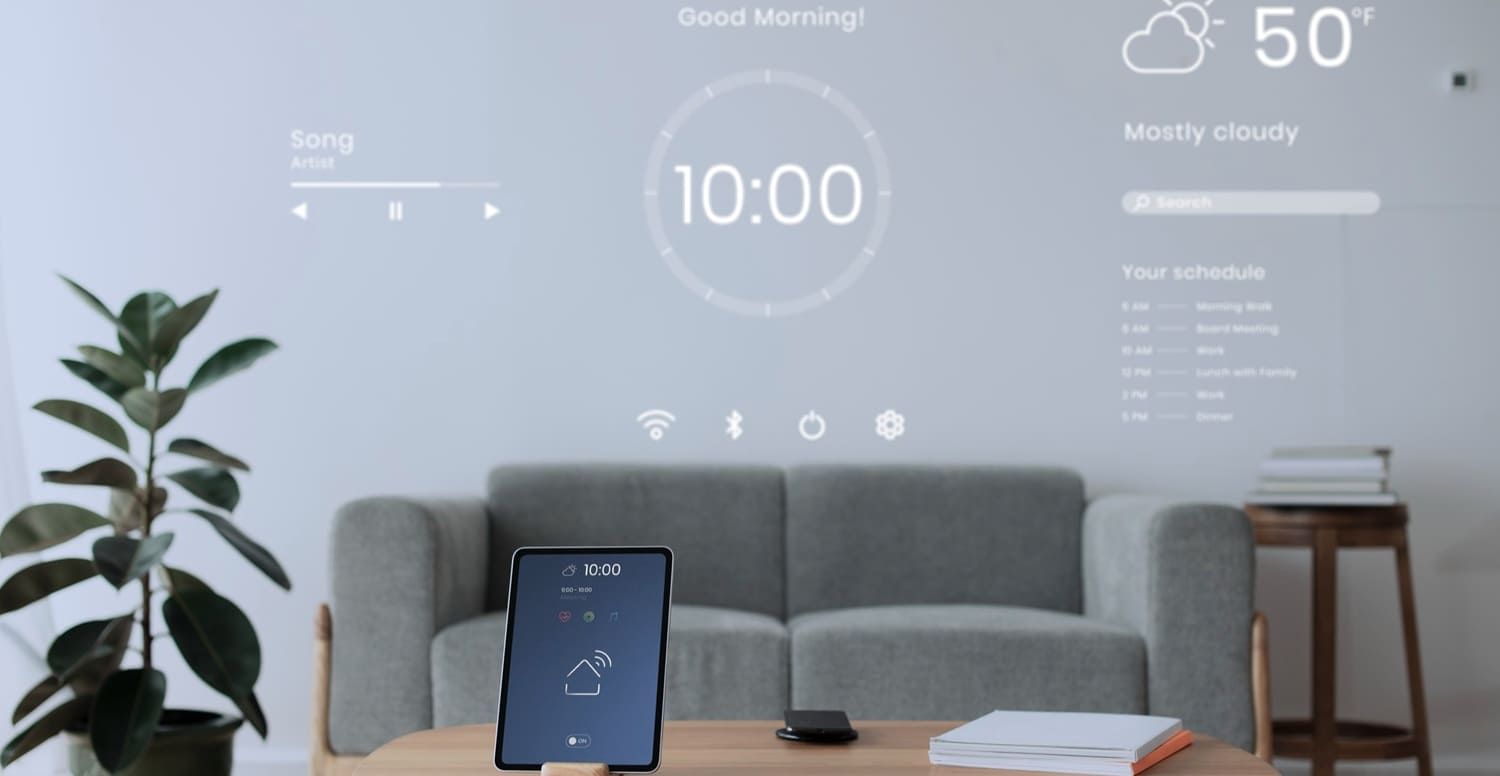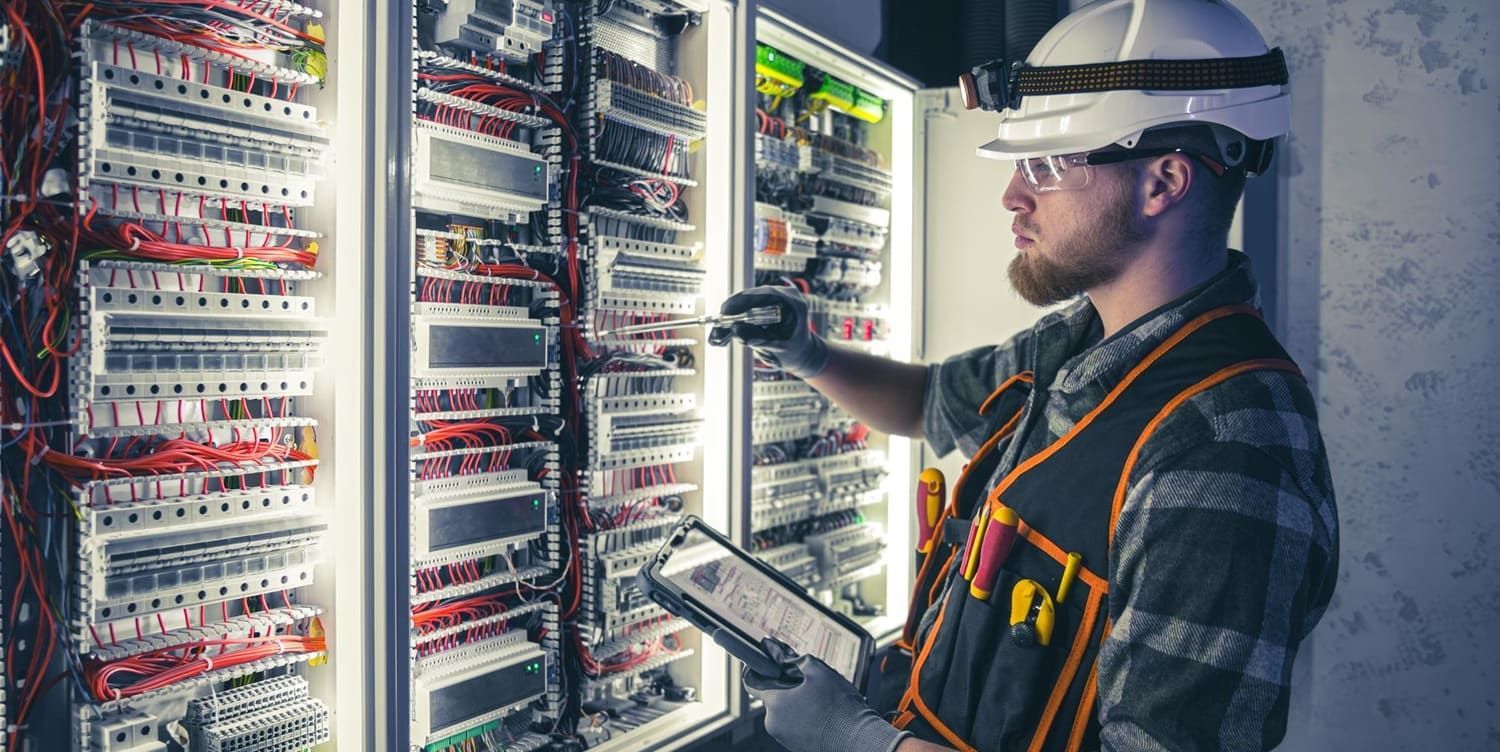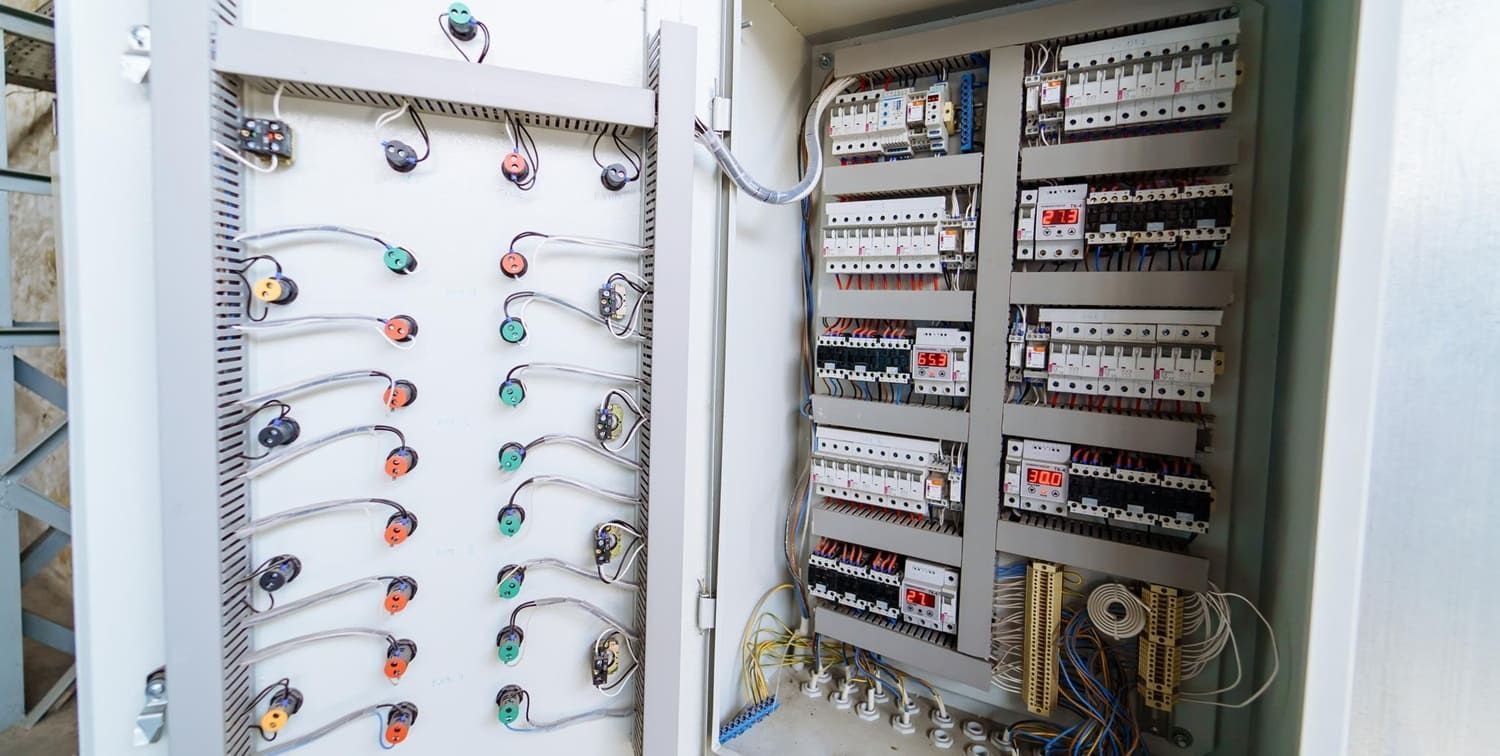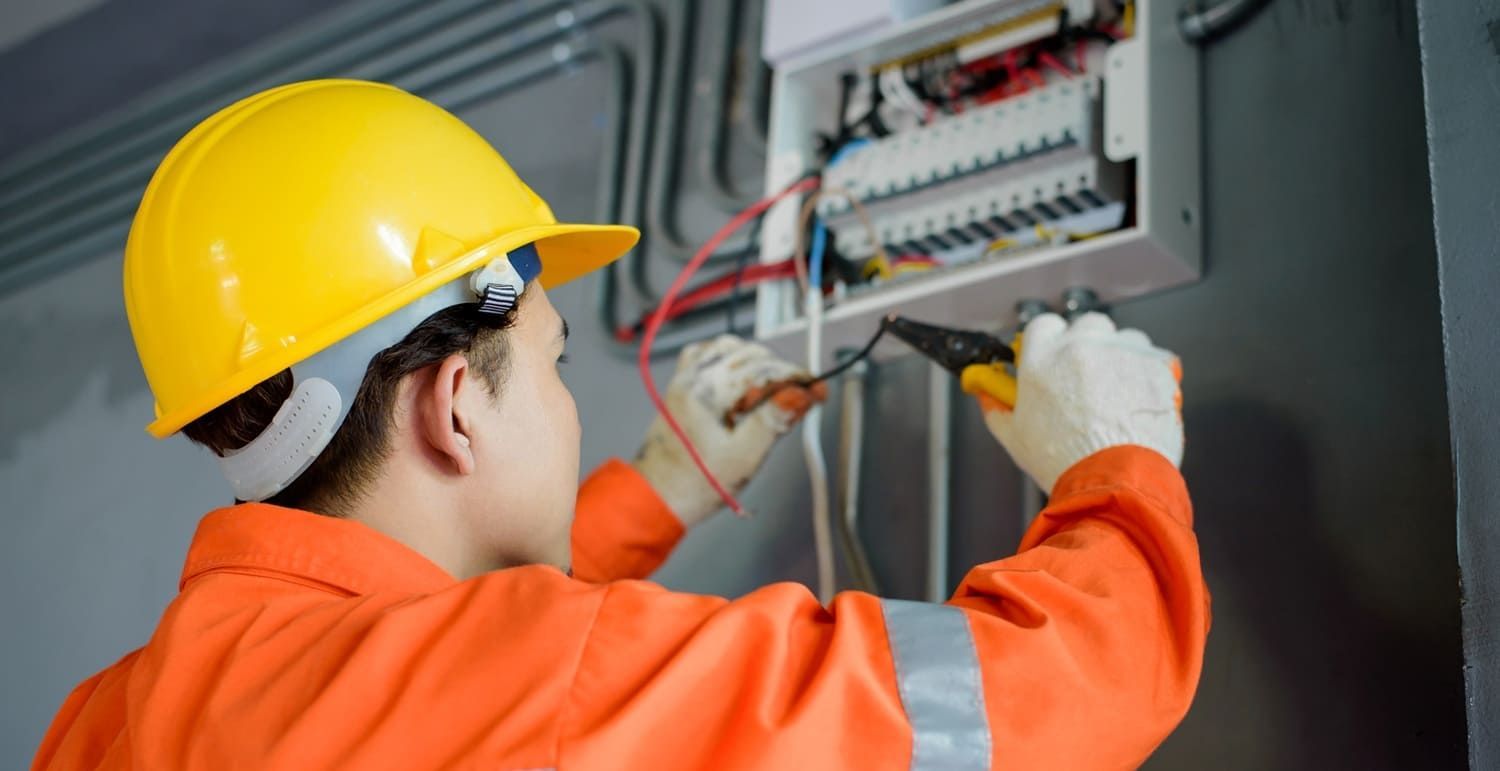Hanging Up Christmas Lights? Here's How to Do It Without Overloading the Circuits or Falling off the Roof
Buell Electric Blogger • November 17, 2019
If you're hanging up Christmas lights this year, good on you. It adds to the holiday cheer! You want to make sure you do it safely and right. Here's how.
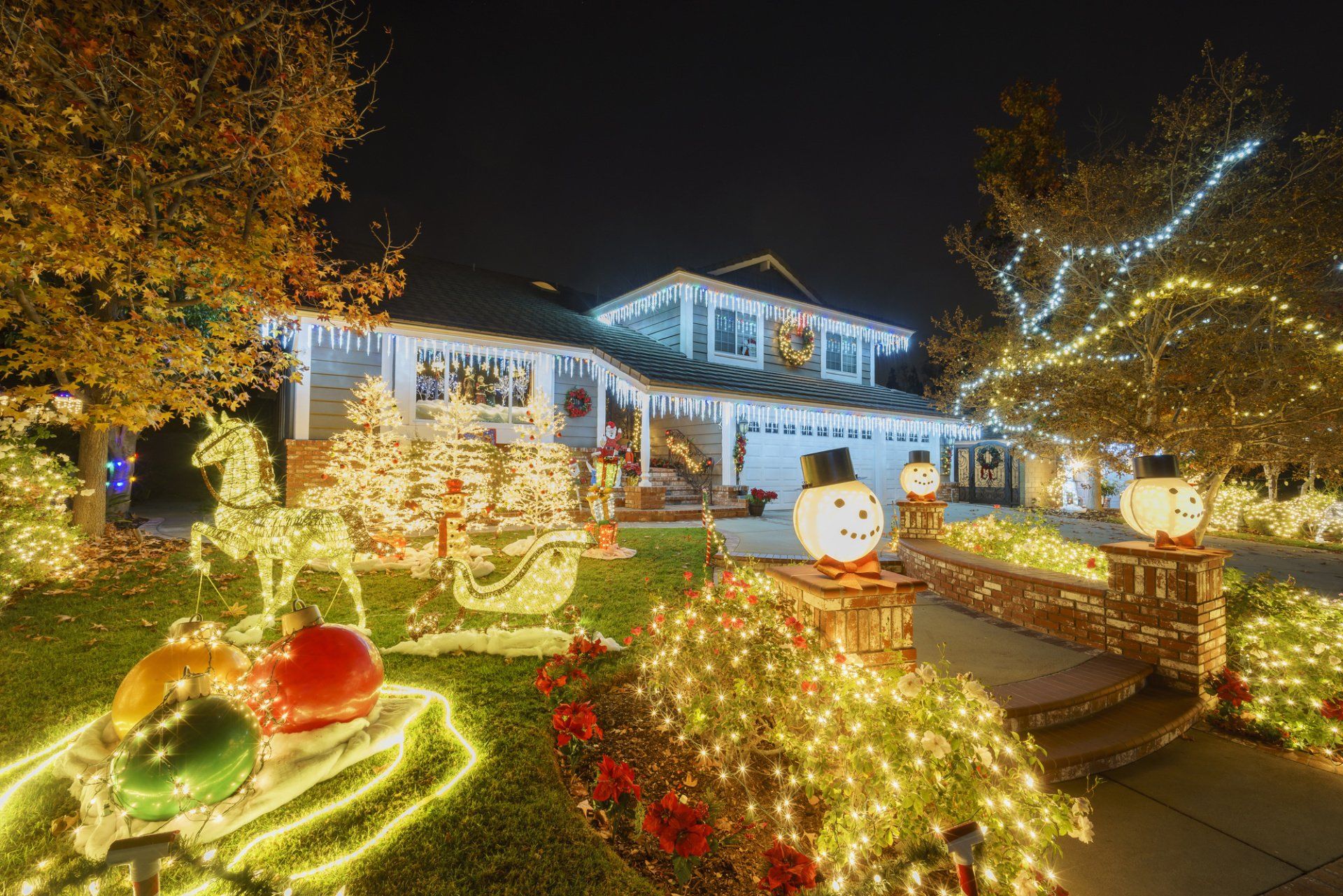
It's that time of year where you don't have to be Clark Griswold to be frustrated by hanging up Christmas lights.
Sometimes just the sight of the ball of tangled cords and entwined bulbs can be enough to drain any Christmas spirit you may have had.
Christmas doesn't seem like Christmas without the lights brightly adorning trees, rooftops, and balconies throughout every neighborhood in America
Hanging up Christmas lights doesn't have to be the nightmare before Christmas.
Keep reading for tips to make this annual ritual part of the festivities instead of putting stress into your holiday season.
Making a List and Checking it Twice
The simplest way to accomplish the task of hanging up lights is to make a list of everything you'll need and have it ready before you even start. This way you don't have to run back and forth to find things.
Hopefully, you've saved the box that the lights came in and the extra bulbs that are always included. That way you can check bulbs before you climb the ladder to hang them.
Safety Checklist
Safety should be your first priority in every activity but is especially important when hanging Christmas decorations because there are lots of opportunities for things to go horribly wrong.
Close to 10,000 people are treated
in Emergency rooms every holiday season for injuries related to falls or extension cord mishaps.
Hundreds of fires are also started each year by Christmas lights and decorations. This leads to millions of dollars in damages, dozens of injuries and several deaths each year.
Steps you should take for your safety:
Indoor/Outdoor Lights and Cords
Make sure that you are using the right equipment for the environment. You don't want to use an indoor extension cord in an outlet on the outside of your house.
Indoor lights are not built to deal with the elements or be exposed to the moisture found outside. You're at increased risk of fire
when using them.
LED lights are your safest option. You'll find they are a larger initial investment when buying them. They do burn cooler, last longer, and use less electricity than other bulbs so you'll save money in the long run.
No Damage
Exposed wires and frayed cords can cause a risk of electrical shock or fire. You'll want to check the cords and light sockets to ensure everything is in good shape and there is no damage.
This is a good time to plug in each string of lights to ensure there are none that are burnt out. It'll be much easier to change them while sitting in a chair on solid ground than to be balancing on a ladder ten feet in the air.
If you notice any damage, sparks or warning signs near outlets, near light fixtures or at the fuse box be sure to call in an expert electrician
to assess the problem and troubleshoot any issues.
You may also want to consult them if you are planning anything elaborate like the Griswold Christmas display.
Gather Supplies
Now that you know you have the right cords and lights, you'll want to gather the other supplies you'll need.
- A safe and sturdy ladder
- Hammer, screwdriver or staple gun
- Nails, plastic ties or hooks
- Lights
- Extension cords, surge protector
The supplies you need will depend on how you decide to secure the lights to your home. It is best not to create holes, even small ones, in your roof as it can cause leaks and eventually lead to further damage that can be costly.
Hanging Up Christmas Lights
You'll want to locate the outlet that the extension cord for the lights will be plugged into. This will be where you begin so that you don't get them all secured only to find out you were a few feet off on your calculations and can't reach the plug.
The most economical and convenient option is to start with a timer plug so that you can automatically have your lights come on and off at specific times each evening.
You'll want to make sure the timer is built for an outdoor environment and that all the electrical outlets are made to handle the demand of each string of lights connected to it.
Don't overload or piggyback too many cords or strings of light on top of each other. You may need to find more than one outlet in various areas to avoid blowing a fuse or creating a fire hazard.
If you aren't sure whether your house's electrical system is able to handle your light display you can always request a consult with an expert
to be on the safe side.
Hanging Up Christmas Lights Ladder Safety
Make sure you use a ladder that is made for the job and not one that is too short or unstable for the task at hand.
Don't try to climb with your hands full. It's always a good idea to have an assistant close by to hand you things you need and to ensure you're safe.
You can staple plastic ties to the inside of the eavestroughs or place bent nails or hooks that you can use to keep the string of lights hanging from.
If you can't or do not want to hang them from the eaves you can always use the trim as a backdrop for your Christmas lights.
There are a lot of products such as light clips or plastic adhesives that can help you secure lights to the trim without doing any permanent damage.
Secure lights approximately every 12 inches along the string to ensure they don't get damaged if bad weather should occur.
Plug Them In and Enjoy
As you are hanging up lights make sure you don't damage the cord with the staples, nails or hooks you are using. Once you ensure everything is safe and that the cords are plugged into a proper surge protected outlet you can call the family out to enjoy your festive light display and get everyone in the holiday spirit.
If you should have any issues lighting up your Christmas season contact us today.




